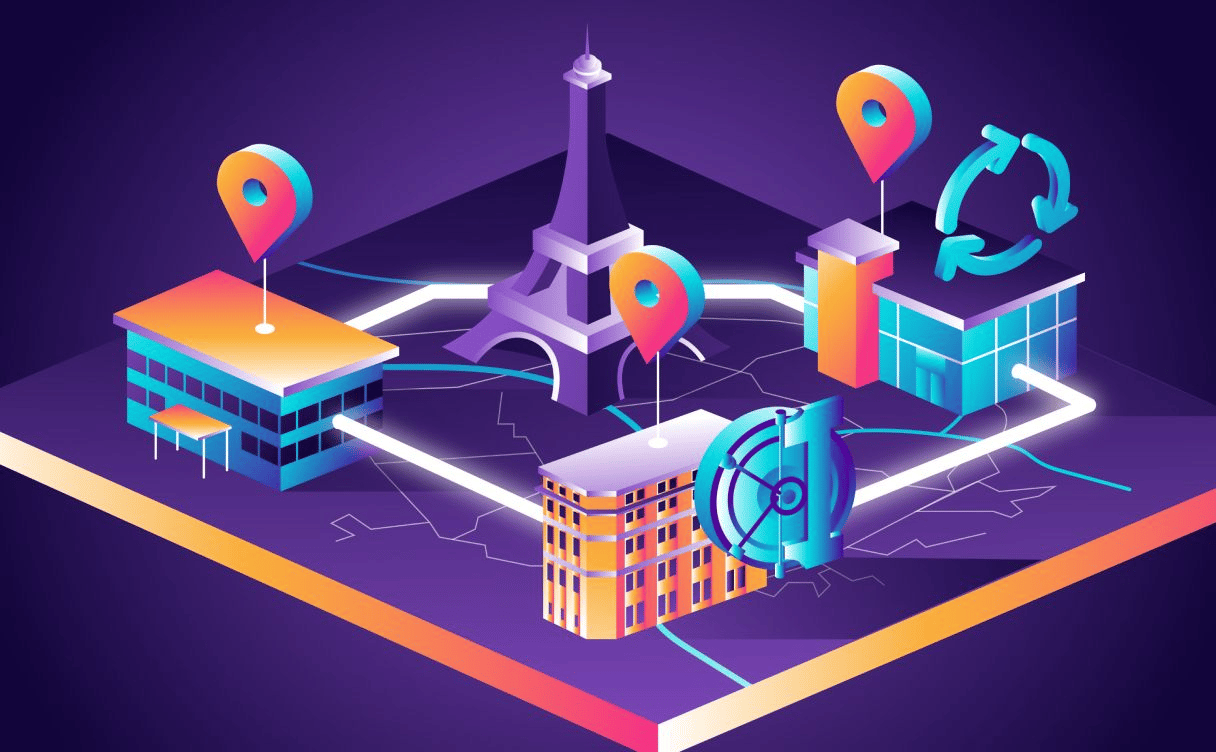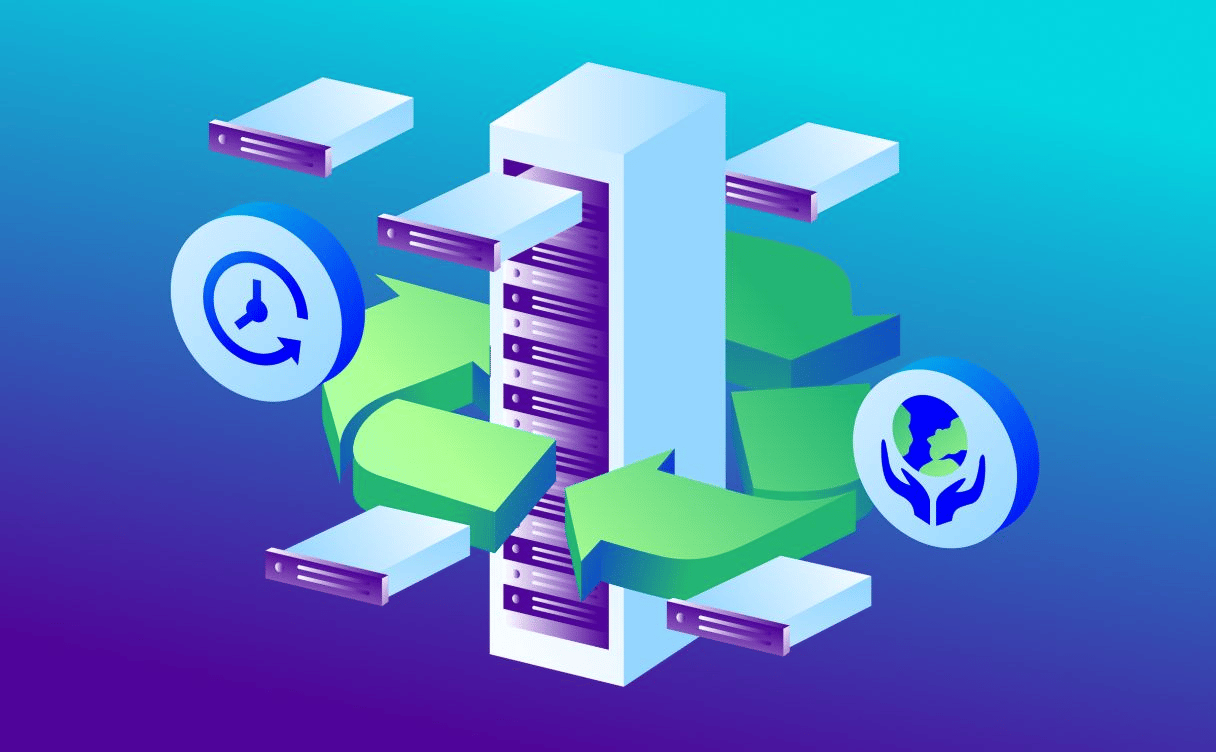
Discover DC5 - Hyper-Scale Mechanical-Cooling Datacenter
Discover how DC5 operates: How do we optimize the energy footprint of datacenter? How can we prevent power loss? How can we deliver proper cooling make it modular?

As the number of extreme climatic events intensifies across Europe, increasing pressure is put on resources, crops and water reserves. Despite the generalized call to reduce water consumption, a little-known industry is silently guzzling billions and billions of liters: data centers. Yann Lechelle and Paul Benoit, in the face of the marketing sheen of tech giants and their supposed “carbon neutrality”, are calling for more awareness around the hidden price the environment is paying for the digital industry.
In a number of countries across Europe, we have just gone through an early heatwave, and the UN estimates that “a 40 per cent shortfall in freshwater resources by 2030 coupled with a burgeoning world population—according to current estimates—has the world careening towards a global water crisis.”
Within such a context, digital stakeholders must play their part in protecting this invaluable resource. Although they are mistakenly seen as immaterial, digital and cloud technologies require enormous amounts of water.
Just like any other machine, a computer converts the electrical energy powering it into thermal energy – the Joule effect. This means that data centers, which contain tens of thousands of such machines, need to evacuate this heat and stay cool in order to provide acceptable operating conditions. To make this possible, several solutions exist: collecting the heat for other uses, using energy-intensive cooling technologies, and/or relying on water to bring the temperature down, notably via evaporation.
When they cut down on electricity for cooling, data centers generally turn to systems requiring huge quantities of water. This alternative is well suited to large operators who want to display ever improving “energy performance” metrics, especially by reducing their Power Usage Effectiveness (PUE) - an established standard that measures the energy efficiency of a data center. PUE mainly covers the cooling of a data center, but only takes electricity usage into account, completely omitting water consumption. Less electricity but more water - it’s robbing Peter to pay Paul, and not solving the problem along the way.
If we are raising the alarm, it is because the situation is dire. In 2014, data centers in the United States of America consumed 626 billion liters of water, and in 2020, the figure is estimated at 660 billion liters. These infrastructures, needed for the internet to function, consume as much as 3.8 million liters of water every day, even in arid areas. As our daily consumption of digital resources increases, data centers are popping up everywhere, and the sector is likely already among the top 10 industries which consume the most water worldwide.
It is not, of course, in the interest of the data center industry to allow these numbers to be known. As a result, there is a maintained lack of transparency that absolves the industry of any communication. The digital giants use the compelling reasons of business confidentiality, customer data protection and national security, to name but a few. And yet, without data transparency, improvement is impossible. Since less than a third of all data center operators keep track of their water consumption, no public authority or scientific experts have any clear, factual and consistent figures on the macro (regional, national, European) or micro (individual data center) levels.
Though the water consumption of data centers has long been taboo, critics are starting to rain down. In the Netherlands, the North Holland province risks facing drinking water shortages due to the excessive consumption of data centers. In Ireland, certain politicians are beginning to rally as concern grows around a possible water shortage. In France, Luxembourg, and Germany, several mega-data center projects are also sparking more and more questions and criticism.
The industry’s recent initiatives in response to growing concerns are proving insufficient, like the Climate Neutral Data Centre Pact launched in early 2021 which has had little impact. Without encouraging true transparency, all the objectives we have set for water conservation will be futile. Many stakeholders have already achieved them, which proves that they are not as ambitious as they claim to be. With the failure of autoregulation, European and national public authorities have a key role to play in urgently breaking the code of silence surrounding the water consumption of data centers.
The good news is that Europe’s data center and cloud sector has SMEs and mid-caps that are at the forefront of environmental innovation and transparency. This is proof that it is possible to find a balance between the performance of the cloud, responsible resource management and regional attractiveness. Managing the infrastructure which our digital societies rely so heavily upon does not excuse data centers from demonstrating exemplary environmental performance. If we want the results of the development of the digital sector to be positive and sustainable, data center operators should be leading the way.
by Yann Lechelle (CEO, Scaleway) and Paul Benoit (CEO, Qarnot)

Discover how DC5 operates: How do we optimize the energy footprint of datacenter? How can we prevent power loss? How can we deliver proper cooling make it modular?

Today, cloud service providers (CSPs) are tied in a ‘sustainability race’, all vying to claim their solutions have the least impact on the environment.

Since the second half of 2020, demand for semiconductors has exceeded supply. Cue a global shortage, aggravated by pandemic-induced lockdowns, has left the world reeling.